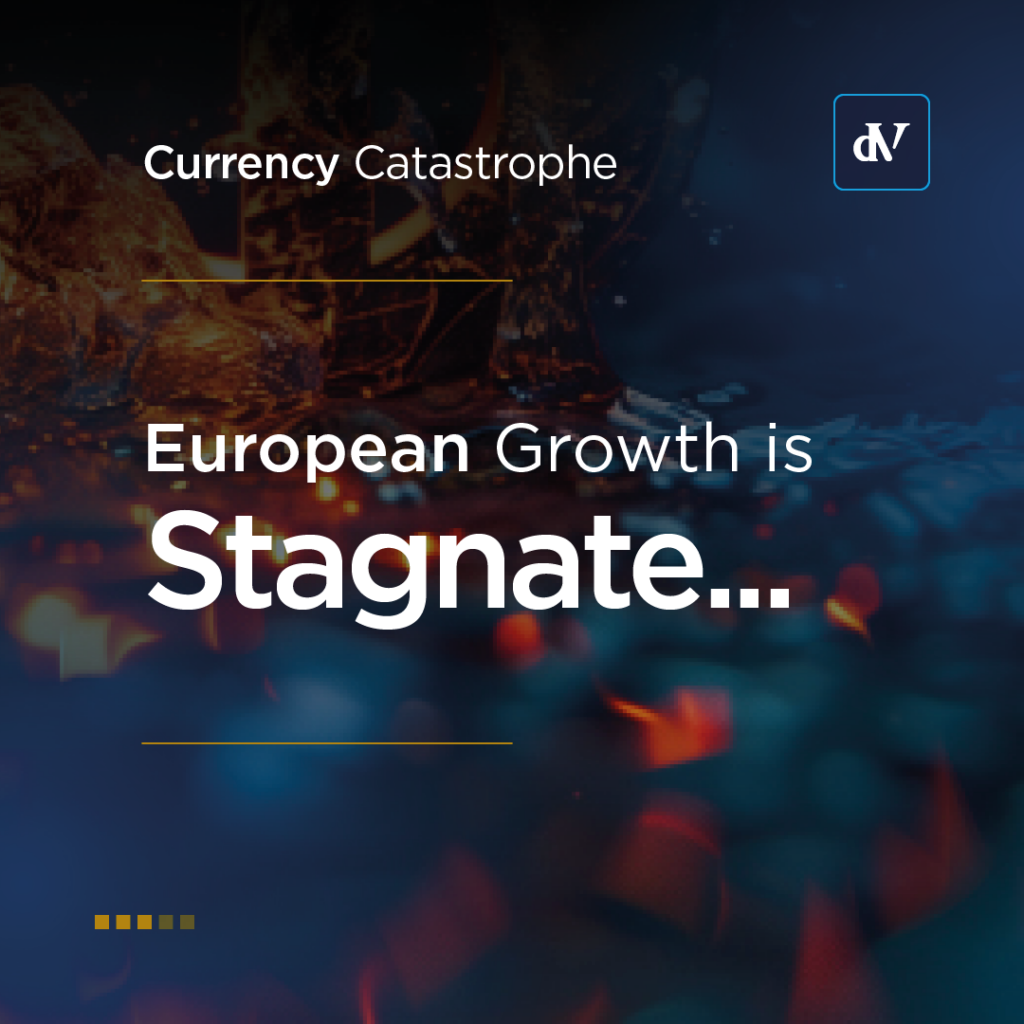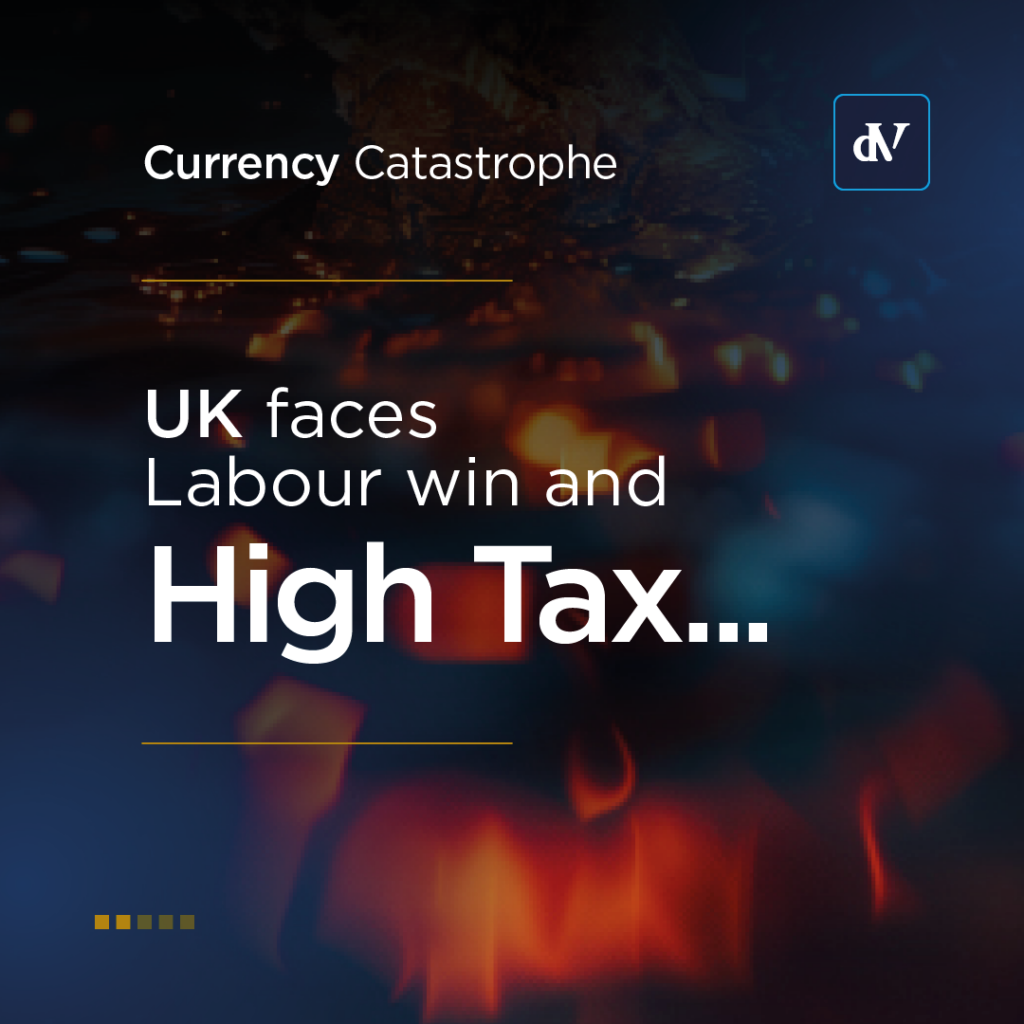|
Getting your Trinity Audio player ready...
|
Update: After the collapse of Terra (LUNA) and the stablecoin TerraUSD in early May 2022, Terra’s new Blockchain was successfully launched on Saturday May 28. The Blockchain went live with a Luna airdrop for previous Terra investors.
What are Luna and Terra?
Terra (LUNA) and TerraUSD (a stablecoin – UST for short) are both native tokens of the Terra network. This is a Blockchain-based project developed by Terra Labs in South Korea. Terra’s devastating crash led to its UST stablecoin to lose its peg to the dollar. This pretty much wiped out the Luna coin, causing its value to drop close to zero.
The main aim of Terra was to be a peer-to-peer electronic cash system. It did this through the use of a cryptocurrency pegged to a real-life currency. This kind of cryptocurrency is called a ‘stablecoin’.
What caused Terra’s collapse?
As mentioned above, Luna and TerraUSD (UST) are native tokens of the Terra network.
Traditional stablecoins – like Tether (USDT) for instance, whose value is pegged to the U.S. dollar – are pegged to real-life cryptocurrencies and hold fiat assets in a reserve to back their tokens. However, an algorithmic stablecoin, like UST, involves using a complex algorithm based on a smart contract. This keeps the price of UST secured to $1 by perpetually ‘destroying’ Luna tokens to mint new UST tokens.
Read our blog on: ApeCoin – everything you need to know
UST is pegged to the US dollar, which means one UST is supposed to be worth around the same as one dollar. So, users could swap the Lina token for UST, and vice versa, at a guaranteed price of $1 – whatever the market price of both of the tokens at the time.
A ‘death spiral’
The UST de-pegging led to a ‘death spiral’, with Luna’s price also collapsing to fractions of a cent. Hyperinflation in the protocol also created the conditions for a consensus attack on Terra. This caused the Blockchain to be shut down twice.
The Luna Foundation Guard, the non-profit partially responsible for maintaining TerraUSD had accumulated more than 80,000 Bitcoins, as well as other tokens. Terraform Labs founder Do Kwon had pledged to use the Bitcoin in the event of a substantial fall in the value of UST.
The foundation detailed how it disbursed millions of dollars’ worth of Bitcoin – almost all the Bitcoin in its reserve – in a futile attempt to save TerraUSD and bring it back to its $1 peg. Kwon tweeted: “I am heartbroken about the pain my invention has brought on all of you.” Terra’s official Twitter account added that a post-mortem will be published as soon as possible.
What repercussions did the collapse have on the broader crypto market?
Investors on the whole currently appear to be moving away from crypto and towards less risky investments. This is happening, at least partially, due to global inflation and concerns over the Federal Reserve’s interest-rate hike. In addition, the cryptocurrency market continues to feel the ripple effects of Terra’s collapse.
The value of cryptocurrencies such as Ethereum and Bitcoin has spiralled downwards during the past few weeks. This state of affairs does not seem to be heading for a sharp turn upwards in the near future. The other stablecoins have also suffered.
US Head of Treasury Janet Yellen recently singled out the Terra debacle. She said: “it is important, even urgent” that Congress pass stablecoin legislation, if possible, by the end of the year. Meanwhile, the UK Treasury Department also reiterated its commitment to regulate stablecoins.
Can Luna recover?
Before the collapse, both Luna and UST were in the top 10 largest tokens by market cap; Luna was the third largest DeFi token.
Strictly speaking, Luna could recover, but things are very uncertain right now. Opinion on whether it is actually possible is divided. Some hardcore ‘LUNAtics’, as the proponents of Luna are called, are sure that there is light at the end of the tunnel. Others, who have lost a lot of money, are on the edge of despair.
Kwon has subsequently tweeted that he is close to announcing a recovery plan for $UST. The Luna Foundation Guard said it would use any crypto assets remaining in their reserve to “compensate remaining users” of UST. Further news about their plans may be found on Terra’s Twitter feed, which is being updated regularly.
How risky is investing in crypto?
Just like with any form of investment, investing in cryptocurrencies carries a risk. They are very volatile and that makes them even more high-risk than some other types of investment. Moreover, cryptocurrencies are not regulated by most countries/jurisdictions. This means that it can be very difficult, if not impossible, to get legal redress should anything go wrong, such as in the case of fraud. A good rule of thumb is to never invest more than you can afford.
One ray of sunshine in the crypto world is that some giants in the traditional financial sphere are increasingly getting into the game. For instance, JPMorgan Chase, Goldman Sachs, and Morgan Stanley are among the firms that now have dedicated cryptocurrency teams. Japanese investment bank Nomura is also to begin trading crypto derivative contracts, giving its clients a way to diversify into cryptocurrency, decentralised finance and NFTs.
If you are interested in investing in crypto, speak to the experts. Get in touch with us today.



